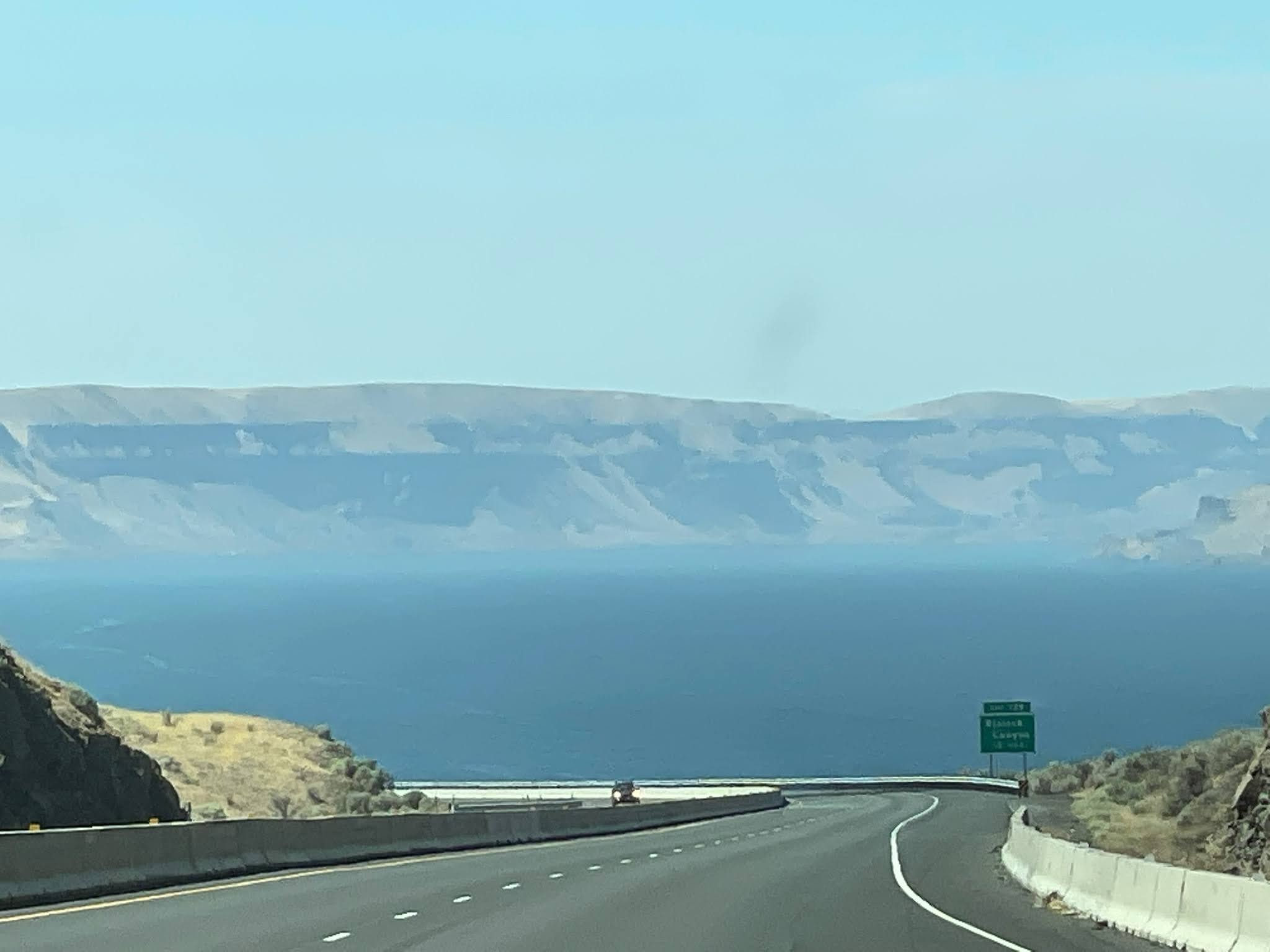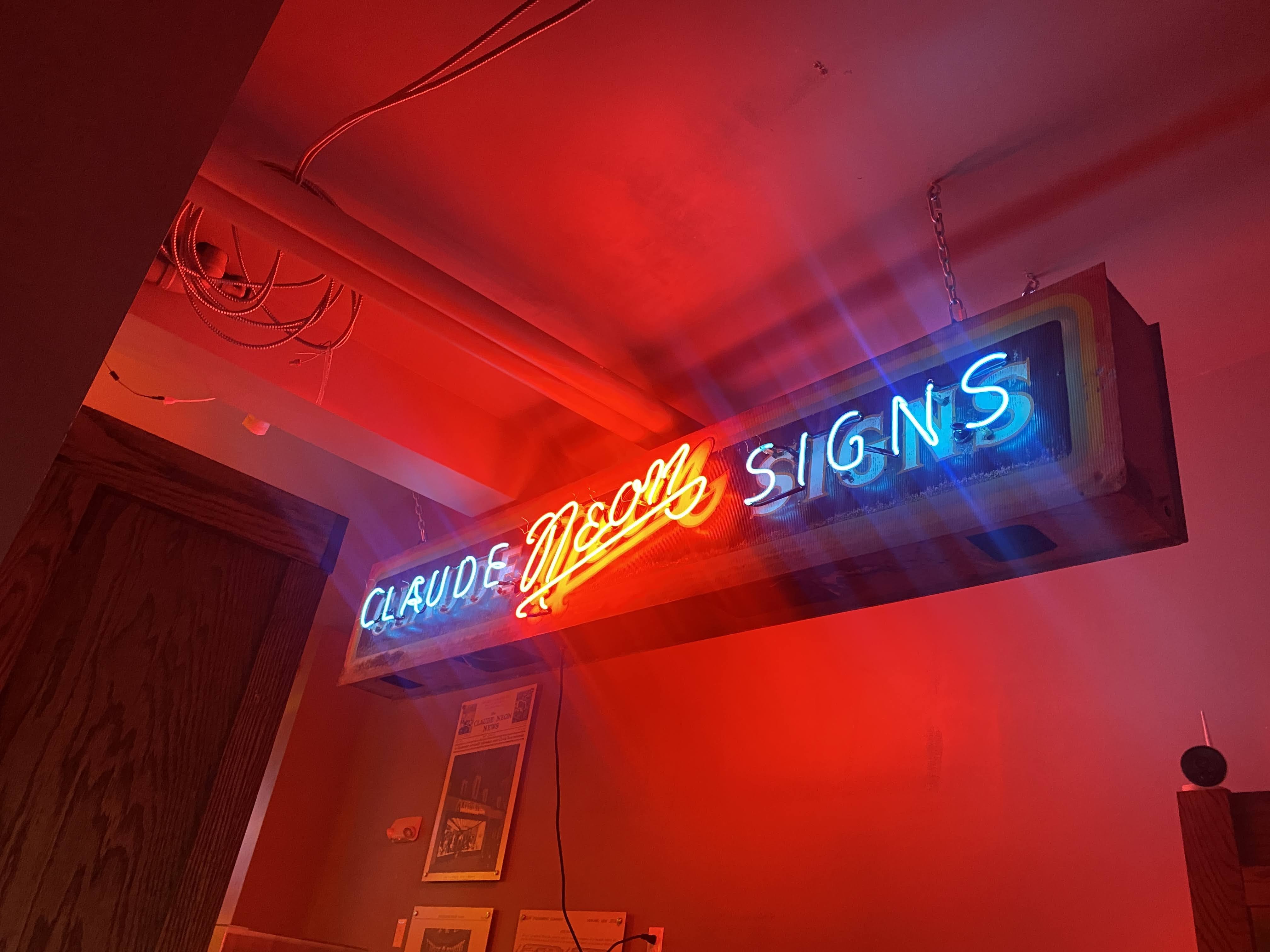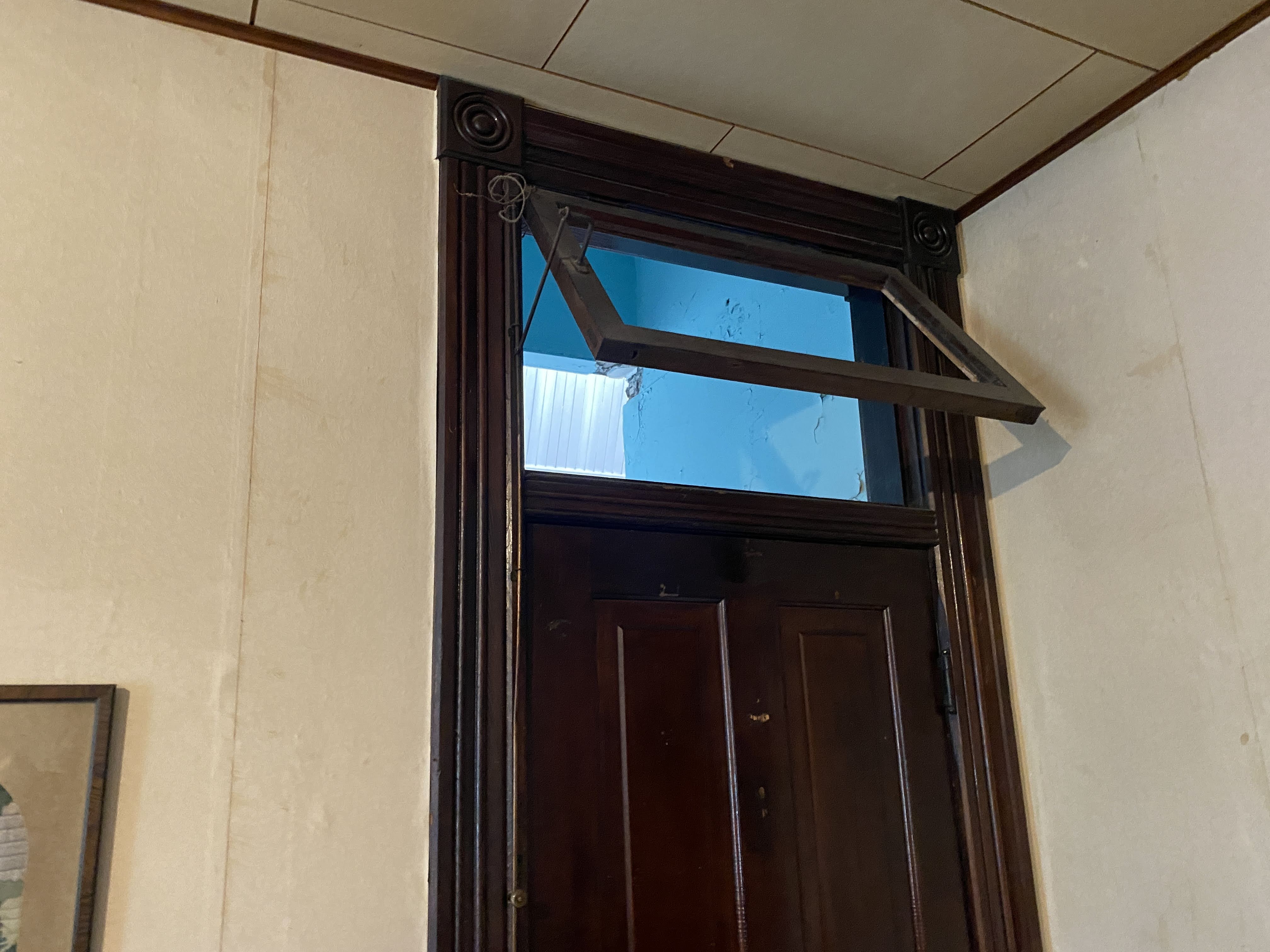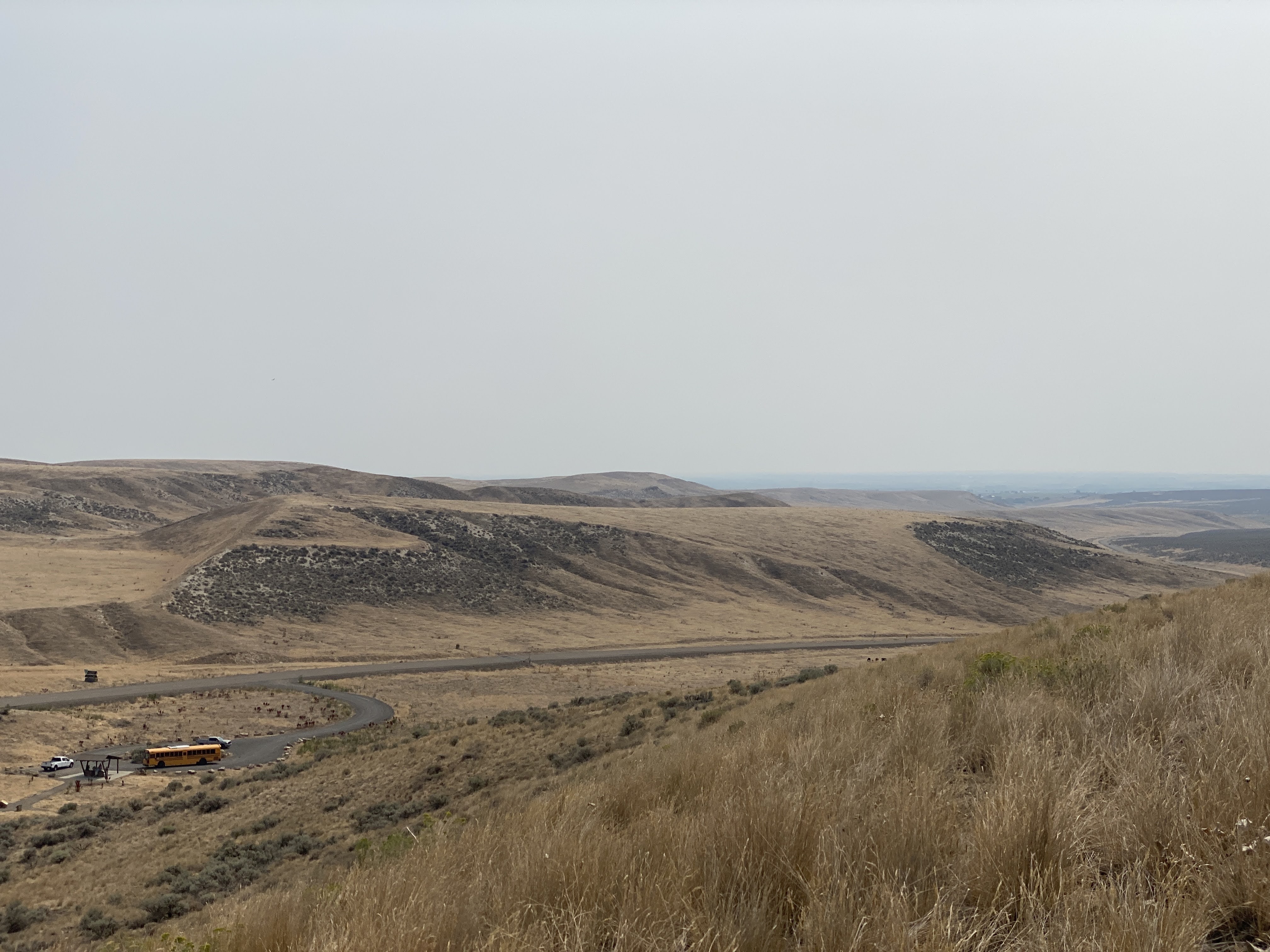We escaped the doom and gloom of the RV park and headed to Portland! It will be good to do an urban hike and find a nice hip place for lunch…
We passed by the Bridge of the Gods, a National Historical Monument, crossing the Columbia River.

We enjoyed marvelous views of the Columbia River in the morning; we drove along a scenic parkway as we headed into Portland.
However, when the Oregon Trail emigrants came through here 170 years ago this was not the case. The Columbia has many dams on it and it looks like a placid lake. Railroads and highways have been built on levies and cut into the shear rock walls. When the emigrants were here it was a wild raging river. The wagon trail stopped at The Dalles, and only a single cow path continued on in to the Willamette Valley. More on this saga tomorrow…

Today was urban hiking day. We walked and walked all over the district or neighborhood called the Pearl… We enjoyed lunch at a sidewalk café and pretended that we were hipster urbanites…


Thirty years ago this area consisted of derelict railyards and warehouses. When the rails were removed the warehouses were remodeled into stores, office, and apartments. Then new apartments and condos were built. Today it is all built up into a marvelous mixed use neighborhood…

We headed back towards the Cascade Locks, driving over some great old bridges…


We stopped of briefly to see Multnomah Falls…

And then we stopped at the Bonneville Dam…

One of the first thing we saw was this turbine. It is a giant propeller that is driven by the flow of the water, and the turbine in turn rotates the generator, producing electricity… It is about 15′ tall. Family note here: My father used to build full size “models” of things like this, but out of wood. The wood model is used to make the die, or mold, into which molten metal is poured to produce the turbine…)

A fascinating thing is the fish ladder. The Columbia River is a huge spawning ground for salmon returning from the sea. Dams block their path. When the dam was built in 1936 the fish ladder was very primitive and experimental. However, when the dam was expanded by adding a second power house they installed a state of the art fish ladder. It is directly adjacent to the Visitors Center… The are underwater windows so you can watch the fish swim by…
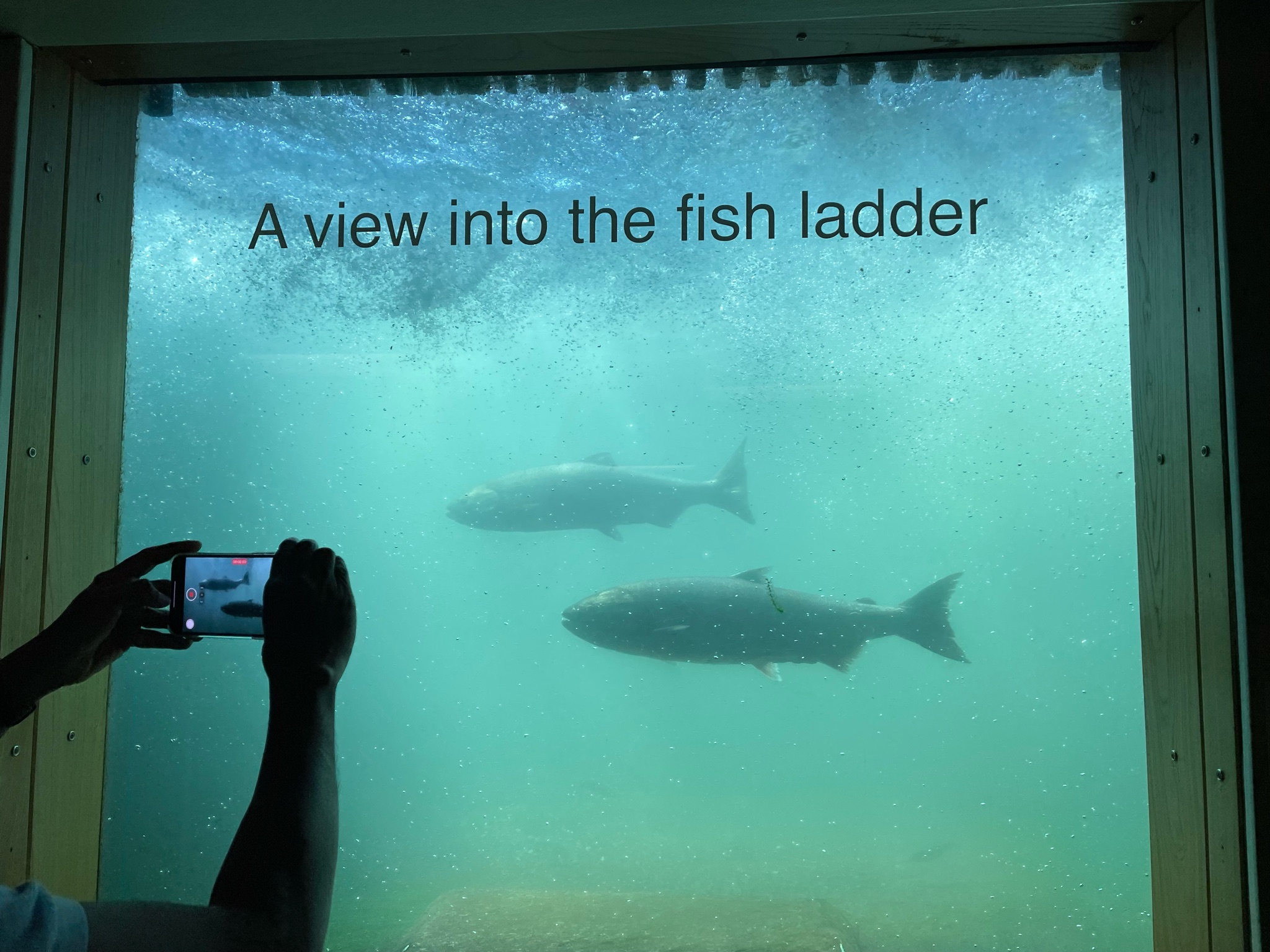



The even count all the fish…

This is what the fish ladder looks like from the top…

On our way out we stopped in to see the navigation locks. These locks allow giant barges to pass through the dam…

Our final adventure of the day is a dinner cruise on this historic sternwheeler river boat. Except, it was broken…

But we met up at the cafe and waited for all the Airstreamers to arrive…


And here are the pickup trucks in which the Airstreamers arrived…

No, this is not our substitute boat…

But, hiding behind the broken sternwheeler is our substitute boat…

Inside was quite comfortable and we all gathered for dinner…

We enjoyed the sunset, as well as views of the surrounding shore, both on the Oregon side and on the Washington side…

We were able to go under the Bridge of the Gods…
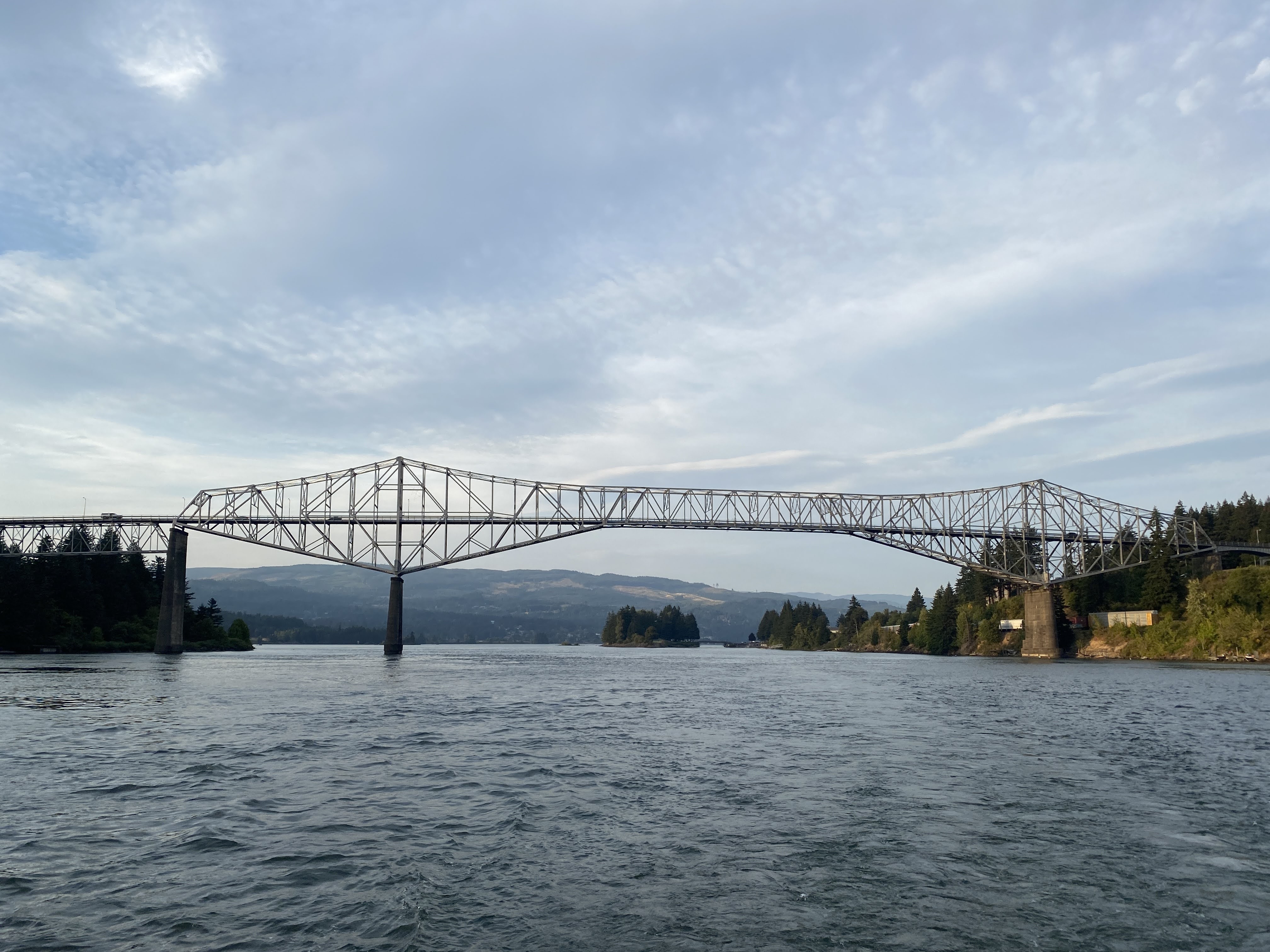



And we enjoyed a nice dinner…

We returned to the Villa…
An enjoyable time was had by all…






